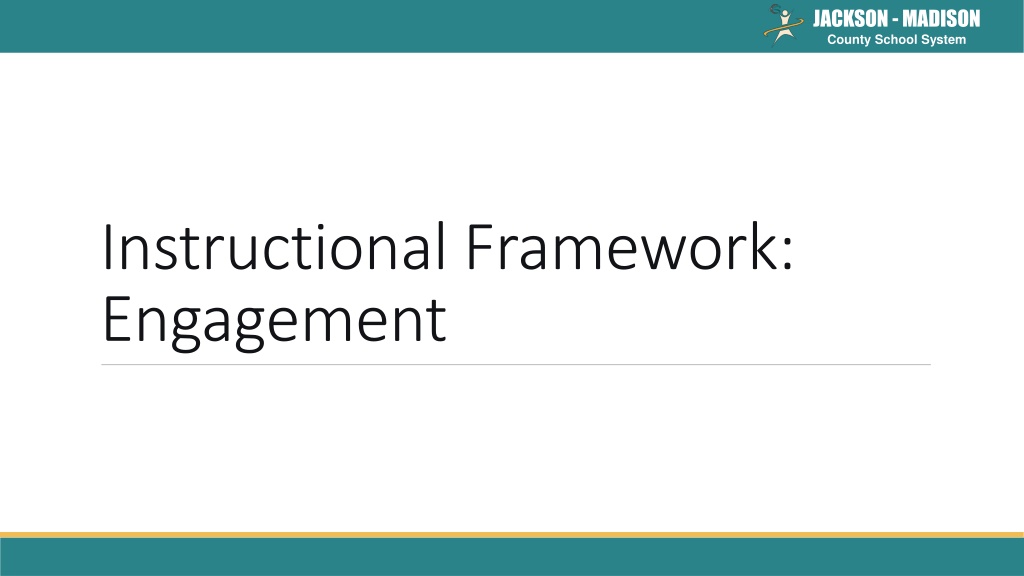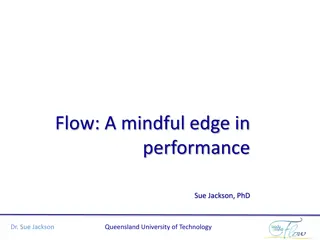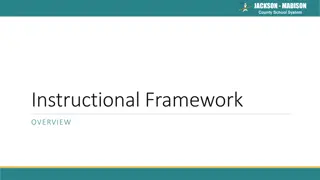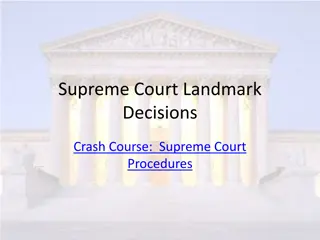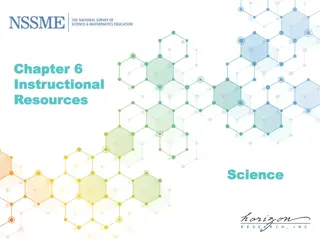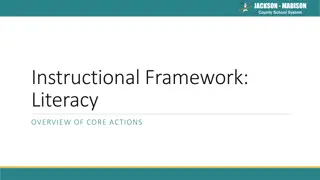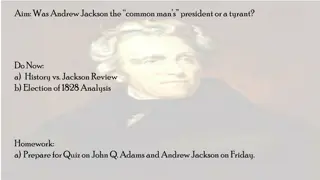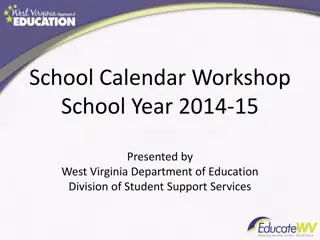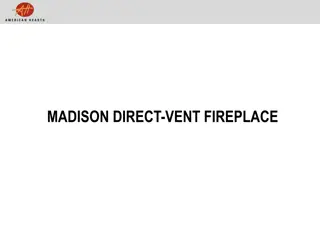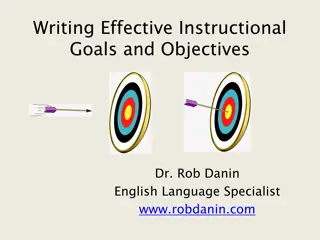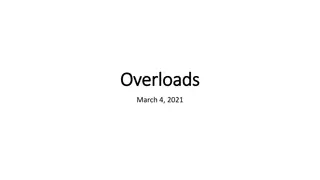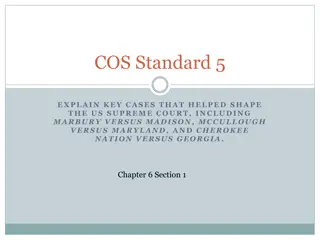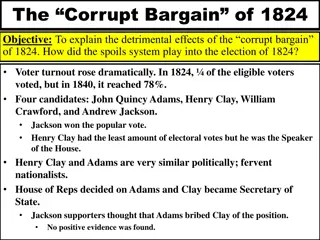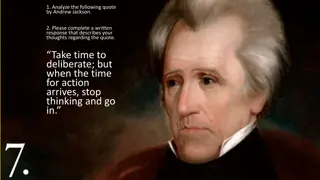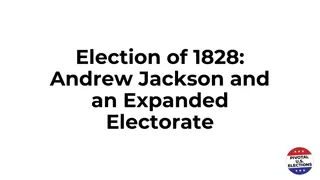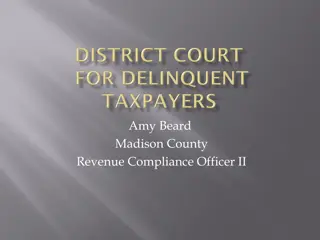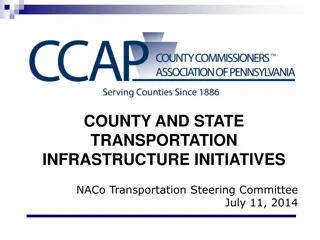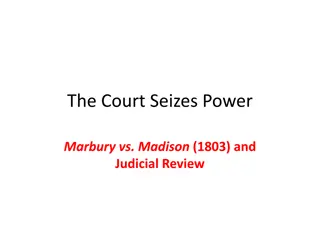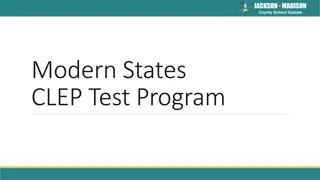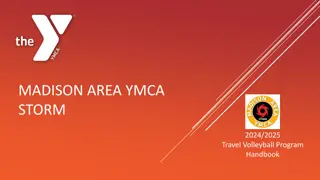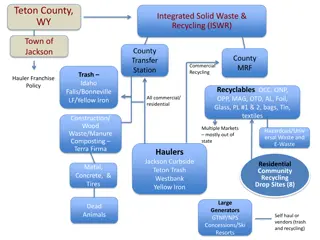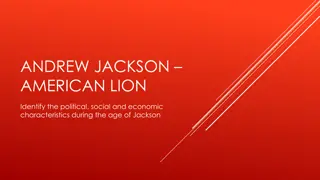Jackson-Madison County School System Instructional Framework Overview
The Jackson-Madison County School System focuses on engagement through a research-based instructional framework centered on curriculum, lesson structures, and authentic literacy. Emphasizing the importance of a content-rich curriculum and effective teaching practices, the district aims to improve instruction in every classroom. By prioritizing curriculum alignment, instructional consistency, and authentic literacy integration, they strive to enhance learning outcomes for students across all grades.
Download Presentation

Please find below an Image/Link to download the presentation.
The content on the website is provided AS IS for your information and personal use only. It may not be sold, licensed, or shared on other websites without obtaining consent from the author. Download presentation by click this link. If you encounter any issues during the download, it is possible that the publisher has removed the file from their server.
E N D
Presentation Transcript
JACKSON - MADISON County School System Instructional Framework: Engagement
JACKSON - MADISON County School System Continuing Our Plan We will successfully advance our priorities and meet our goals as a district if we rely on a research-based, experience proven plan for improving instruction in every classroom. Centered on: What We Teach (Curriculum) How We Teach (Lesson Structures) Authentic Literacy These three things a content rich curriculum, sound lessons, and purposeful reading, writing and talking if even reasonably well-executed, would have more impact than all other initiatives combined .would wholly redefine what public schools can accomplish with children of every socioeconomic stratum. Schmoker, Focus, 2011.
JACKSON - MADISON County School System What We Teach CURRICULUM MAY BE THE SINGLE LARGEST FACTOR THAT DETERMINES HOW MANY STUDENTS IN A SCHOOL WILL LEARN. (MARZANO, 2003) Fall 2017: Spring 2018: Began a renewed emphasis on getting our curriculum right Math, K-12 ELA K-2 and pilot in 3-12 All other content areas focusing on incorporating text every day Purchased aligned curriculum Eureka Math, K-12 CKLA Skills and Listening & Learning, K-2 Expeditionary Learning, 3-5 Learnzillion, 6-12 FALL 2018: CONTINUE WALK-THROUGHS WITH THE INSTRUCTIONAL FRAMEWORK Tool focused on ensuring fidelity to implementation of high quality instructional materials
JACKSON - MADISON County School System How We Teach Effective teaching is not some complex combination of talent, technique, or long experience anyone can immediately implement the most essential, common elements of good teaching with success and get better at them with practice. (Schmoker, 2011) Identifying research-based, time-proven aspects of effective instruction We must decrease the variability of the effectiveness of instruction from room to room, school to school. Directly aligns with our curriculum work and complements the IPG indicators
JACKSON - MADISON County School System Authentic Literacy The clearest differentiator in reading between students who are college ready and students who are not is the ability to comprehend complex texts. (ACT, Reading Between the Lines, 2006) Authentic literacy is purposeful reading, writing, and discussion about texts in order to build skills and knowledge. Will be accomplished by the texts and tasks in the new ELA curriculum Must be integrated into all other subjects (except math) Literacy is the spine that holds all of this together. Every person in our district is a reading teacher. Unless you are a math teacher, your class should include one or multiple texts every single day. Improving literacy is an educational issue, an economic issue, and a moral issue.
JACKSON - MADISON County School System Instructional Framework Starter Engagement Ending HOW IPG IPG IPG W H A T Core Action 1 Core Action 1 Core Action 1 Core Action 2 Core Action 2 Core Action 2 Core Action 3 Core Action 3 Core Action 3
JACKSON - MADISON County School System The How : Starter, Engagement, Ending Measuring The What : Core Actions 1, 2, and 3 of the IPG
JACKSON - MADISON County School System The How STARTER, ENGAGEMENT, ENDING
JACKSON - MADISON County School System
JACKSON - MADISON County School System The What
JACKSON - MADISON County School System IPG Walkthroughs Core Action 1: Lesson is focused on complex text (literacy) or standards- aligned tasks (math) Core Action 2: Opportunities for completing tasks that meet the standards Core Action 3: Fully engaging students with tasks
JACKSON - MADISON County School System Engagement
JACKSON - MADISON County School System Engagement: Overview Chunking Gradual Release Teacher Talk and Student Work
JACKSON - MADISON County School System Engaging Students This is where you will spend a majority of every lesson. How can we tell if students are learning? Formative assessments conducted by monitoring various forms of engagement Regardless of what type of task or assignment is involved, we are always monitoring engagement and understanding by checking student understanding through questioning and/or circulation. We are never done working on this part of a lesson there are always ways in which we can increase student engagement!
JACKSON - MADISON County School System Visualizing a Lesson All lessons are made up of big chunks and little chunks. Big chunks are segments of the lesson that align with the objectives for the day. In many cases, each objective will account for one big chunk of the lesson. Within each big chunk, teachers break down content into smaller and smaller chunks as part of the instructional process. Example: In Lesson 13 of the 6th Grade ELA unit on Hatchet, the objectives are as follows: Read a mentor text Discuss how point of view influences a text Write a narrative from Brian s point of view These three objectives are the three big chunks or segments of the lesson.
JACKSON - MADISON County School System Chunking Smaller Chunks Used to Accomplish a Single Objective Objectives: Read a mentor text Discuss how point of view influences a text Write a narrative from Brian s point of view Objectives (Big Chunks) Read a mentor text If we just asked students to complete these activities without more guidance, we would have trouble knowing whether or not students were engaged and learning the content of the lesson. Discuss how point of view influences a text With that in mind, we know we have to break down our objectives (big chunks) into smaller and smaller chunks so we can promote higher engagement and formatively assess (check for understanding) during the instructional process. Write a narrative from Brian s point of view
JACKSON - MADISON County School System Chunking Smaller Chunks Used to Accomplish a Single Objective For example, to accomplish the first objective we might utilize the following smaller chunks: Objectives (Big Chunks) Read a mentor text Objective/chunk: Read a mentor text Smaller chunks necessary to accomplish the main objective/chunk: Explain the purpose of a mentor text Discuss difference in the mentor text and the anchor text What is point of view and why is it important for an author to maintain point of view throughout a text? What is first person and how is it used? What are some pronouns we use with first person? Read text and underline specific elements (excerpts that indicate point of view, first person pronouns, etc.) Discuss how point of view influences a text Write a narrative from Brian s point of view Transitions into the second objective/chunk
JACKSON - MADISON County School System Engagement During the course of a lesson, only two things are ever happening: Teachers are talking Students are working Depending on which is happening, there are various ways to promote and measure engagement and understanding as big chunks and little chunks are taught. When teachers are talking, our primary means of engagement is cold calling or random calling What if they don t know? Utilize life lines and no opt-outs When students are talking, our primary means of engagement is praise, prompt, and leave What are students doing and what am I doing? We can utilize Think, Write, Pair, Share over and over in a single class While they are writing and sharing, you circulate to check their understanding
JACKSON - MADISON County School System Engagement through Gradual Release In general, lessons begin with small chunks being introduced by the teacher talking. Through a process of gradual release, content and opportunities for engagement become more student-centric. Moving through I do, we do, you do, you do alone This process repeats itself over and over throughout the lesson as many small chunks and big chunks of a lesson are introduced, practiced, and mastered. We will utilize cold calling/random calling and praise, prompt, and leave as types of formative assessments to let us know when our students are ready to progress.
JACKSON - MADISON County School System Gradual Release: I do, We do Small chunk introduced through teacher talk Yes: Proceed and release more to students Cold calling/random calling to engage students and gauge mastery No: Pull back and re-enter the cycle with teacher talk Is there sufficient evidence of engagement and mastery to proceed?
JACKSON - MADISON County School System Gradual Release: We do, You do Teacher releases to students workingalone or in pairs Yes: Proceed and release more to students or move on to the next aspect of the lesson Teacher circulates and utilizes Praise, Prompt, and Leave No: Pull back and re-enter the cycle with teacher talk Is there sufficient evidence of engagement and mastery to proceed?
JACKSON - MADISON County School System Gradual Release: Things to Consider No two lessons are the same, so your gradual release process can and will look different each day. If you find yourself doing a significant amount of reteaching to individual students or pairs of students, there s a good chance you need to pull the whole group back together to clarify misunderstandings and start the cycle over. The purpose of chunking and gradual release is to increase engagement and check for understanding, both of which are vital for student progress. If we are chunking and gradually releasing effectively, we don t have to wait until a quiz or test to assess our students mastery we ll know where they stand every day!
JACKSON - MADISON County School System Physical Characteristics of an Engaged Classrooms Look for students to SLANT: S- Sit up L- Lean forward A- Ask and answer questions N- Note key information T- Track the speaker When students are working, we prioritize working in pairs rather than groups of 3, 4, or 5. Why? Increased opportunities for engagement More for the teacher to check on since all students are accountable to one other person and the task being completed How should the room be arranged? Able to reach students in 8 steps (efficient circulation during Praise, Prompt, and Leave) No S.A.D Teachers .(Sitting At Desk)!
JACKSON - MADISON County School System Classroom Seating Traditional Set-Up Example of Engagement Ready Seating Another Example there are more! X X X X X X X X X X X X X X X X X X X X X X X X X X X X X X X X X X X X X X X X X X X X X X X X X X X X X X X X X X X X X X X X X X X X X X X X X X X X X X X X X X X X X X X X X X X X
JACKSON - MADISON County School System Engagement: Recap Chunking Gradual Release Teacher Talk and Student Work
JACKSON - MADISON County School System Working Our Plan By improving our what and our how while emphasizing literacy in all areas, we will meet our goals. This is it. We must pursue these and not compromise their simplicity, clarity, and focus.
